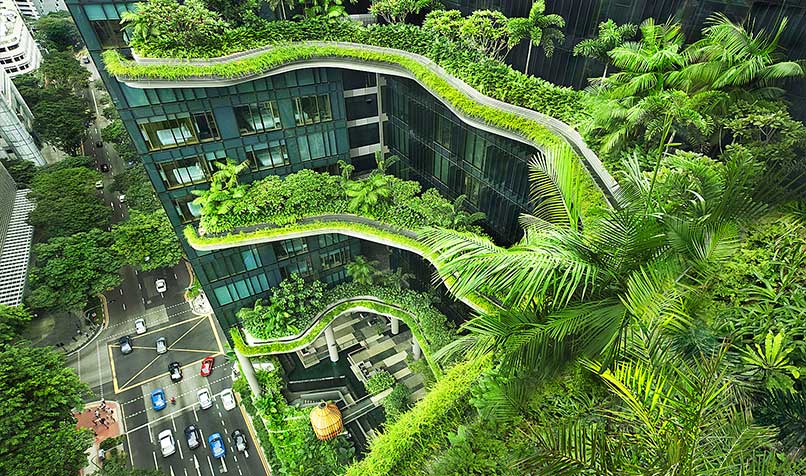For aeons, cities have formed the heart of life, weaving dreams for the future, stirring big ideas for thriving business, and offering inspiration for arts and cultures.
With the vast majority of urban areas crafted on the coastline, they also become at risk of the ever-increasing effects of climate change due to the rise of water levels. The good news is that while cities are particularly vulnerable in any climate crisis, they are also behind some of the most innovative solutions.
Here are some inventive ways that sustainable cities are becoming leaders in renewable energy and climate change solutions.
Parks
Parks are the green lungs of any city, offering frazzled citizens a place of natural solace, to take a deep breath and relax away from the hustle and bustle. Parks also effectively counteract the heat-island effect created by asphalt in cities. From the 500-year-old Giardino della Guastella in Milan to downtown Houston’s new Discovery Green, parks and green spaces are becoming a must of any green city.
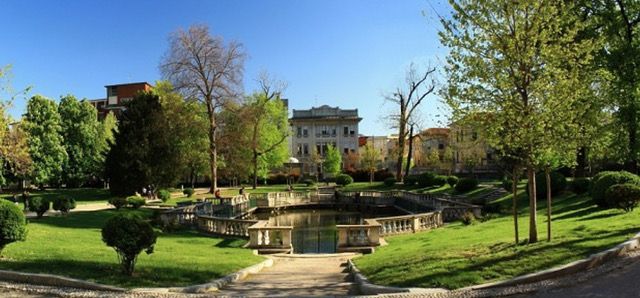
Image Credit: WantedInMilan
Efficient Public Transport
Bicycle lanes, dedicated bus lanes and electric cars, these are some measures seen across the world to combat CO2 emissions in city centres. While commuters in Beijing, Bangkok, Dubai, and Switzerland, have brand new metro systems, transit authorities in Mexico City, Istanbul, and Los Angeles have cleared the way for buses by simply giving them their own lanes.
A leading city in such transport measures is San Francisco. Its eco-friendly hybrid-electric buses dominate the city’s streets, and more than half of all buses and light rails are zero-emission.
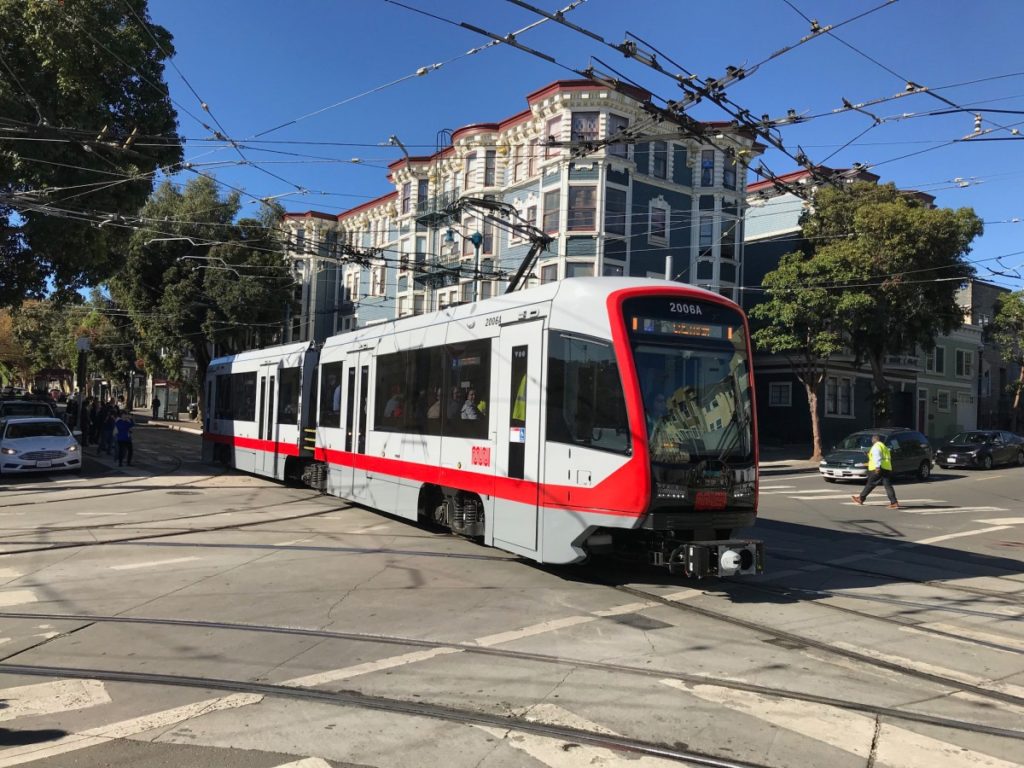
Image Credit: Pinterest
Quality Public Space
Dedicated pedestrian zones are popping up in cities throughout the world, places where people can happily and safely walk and gather. Whether it’s an aerial walkway or a pedestrian-only street, these routes encourage people to travel on foot, further reducing emissions and safeguarding the health of commuters.
The Norwegian capital of Oslo is on a mission to become carbon neutral by 2030 and has ushered in a series of car-free measures, including restricted access for private vehicles, new pedestrian walkways, and 700 fewer parking spots.
Bike Lanes
While cruising the streets via bicycle to work sounds easy, heavy traffic can make cycling unpleasant and even dangerous without designated lanes. The most bike-friendly cities have dedicated bike paths, provide parking, implement bike-sharing and rental programs, and allow cyclists to bring their bikes on buses for longer commutes.
Copenhagen, in particular, has focused on reducing emissions by improving mobility with its new supercycle highways. Supercycle highways and other bike lanes around the city have led to 45 percent of the city’s residents commuting by bike every day.
Green Buildings
A ‘green’ building is a building that, in its design, construction or operation, reduces or eliminates negative impacts, and can create positive impacts, on our climate and natural environment. Green buildings preserve precious natural resources and improve our quality of life. A prominent eco-friendly structure such as the San Francisco Federal Building or the green roof on Chicago’s City Hall provides a recognised symbol of green intentions and highlight the latest technologies.
Also Read: How London Can Achieve Net-Zero Carbon Emissions by 2020
Extensive Recycling and Composting Programmes
Recycling is the quintessential individual environmental action, but to ensure an effective process, conveniently and strategically placed bins and dependable collection are imperative. The greenest cities are going above and beyond just accepting cans and bottles and have added facilities for electronics and food waste to the list of recycled and composted items.
Vancouver is recognised as one of the 3rd greenest cities in the world according to the Global Green Economy Index, behind only Copenhagen and Stockholm. They are on track to meet their goal of becoming zero waste by 2040 with already stringent efforts put into place.
Mixed-Use Development
While other metropolises expand further and further out, Hamburg, Germany, is reconditioning its obsolete harbour into a pedestrian-friendly mixed-use district, offering office, retail, and residential space. Such projects “recycle” existing space which makes them easy to navigate.
Another great example of a mixed-use development is Century City in Cape Town, South Africa. It is a 600 acre mixed-use development combining office, retail, residential and leisure components. The development places a major focus on pedestrian access, with 7km of nature trails, and the entire development navigable on foot.
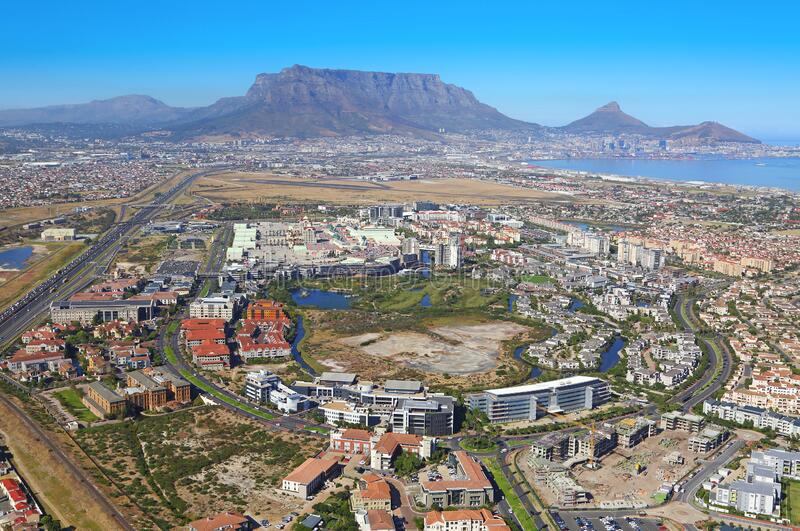
Image Credit: Century City
Renewable Energy Policies
Purchasing renewable energy and enforcing efficiency measures are two ways a city can help build an industry around greener products while also decreasing its environmental impact. Phoenix, Arizona, for example, is boosting the amount of power it draws from renewable sources and constructing new city buildings to green building standards, while San Francisco is building a big new solar display. Austin, Texas, is encouraging home energy audits and New York City is delving into the option of wind farms.
Green Activities
Going green shouldn’t be all work and no play, and it’s not always just about the physical, as getting citizens to embrace a greener future is paramount. The best green cities celebrate their green lifestyles with farmers’ markets, bars and restaurants offering the best organic food, fascinating art exhibitions by sustainably-minded artists, and music festivals that offer bike valet parking and solar-powered stages.
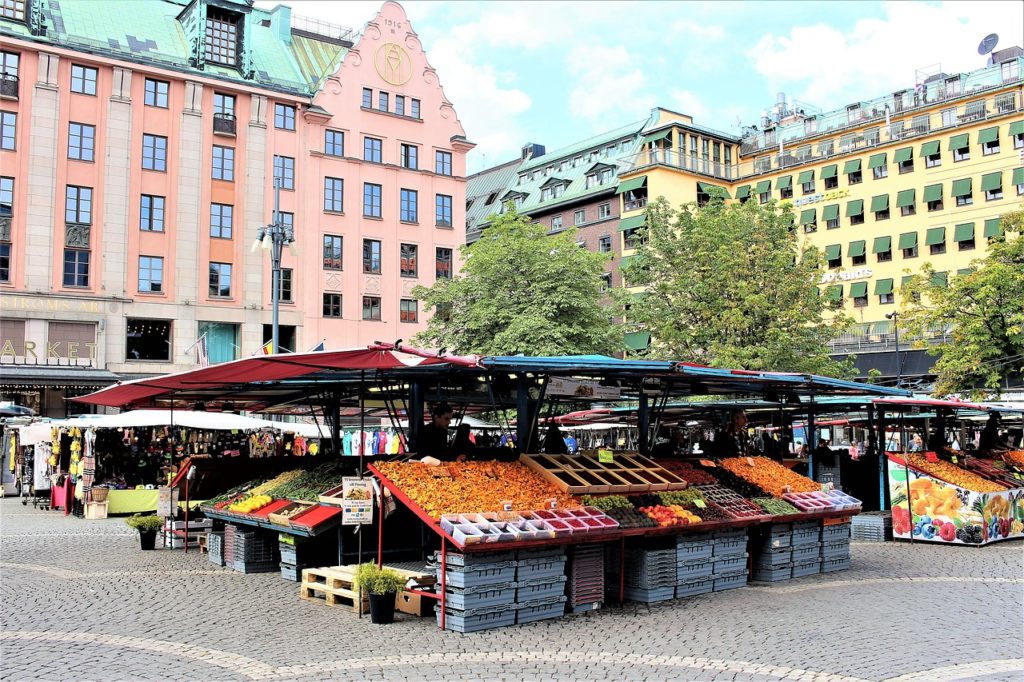
Image Credit: Needpix
A large portion of Stockholm’s success with sustainable living is its citizens, who embrace and pride themselves on being climate savvy. Eight out of 10 residents feel the city should mandate citizens to live more environmentally-friendly and believe that living sustainably should be a natural part of living in a city.
Feature Image Credit: InTheBlack
.
- Britain Set to Release the First Approved COVID-19 Vaccine in Coming Weeks - 6th December 2020
- 11 Most Cinematic Couples to Ever Grace the Silver Screen - 18th November 2020
- Iconic Brands That Have Prospered for Over 100 Years - 16th November 2020

